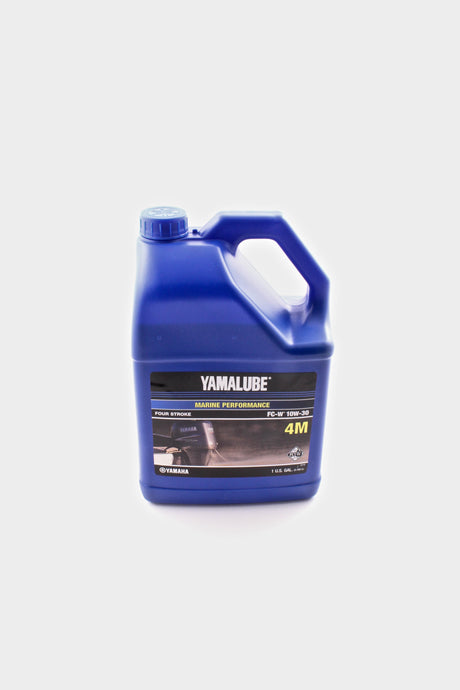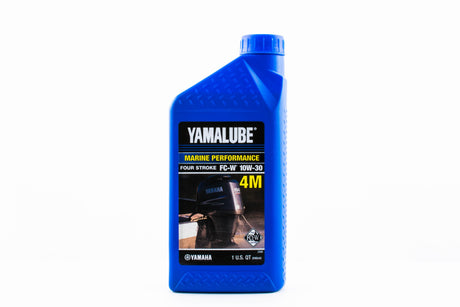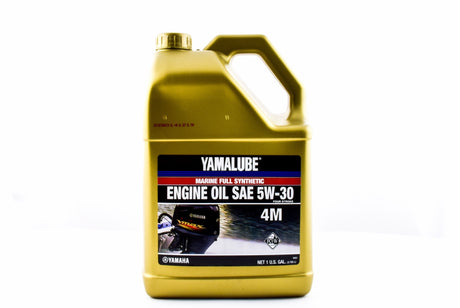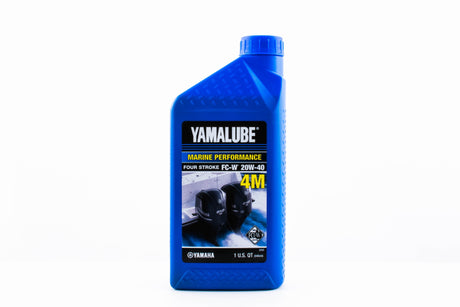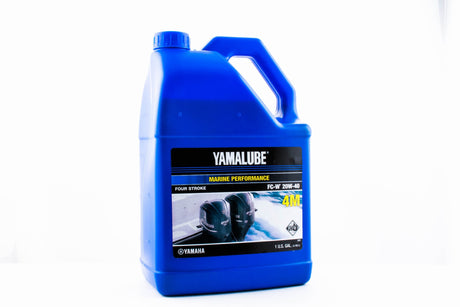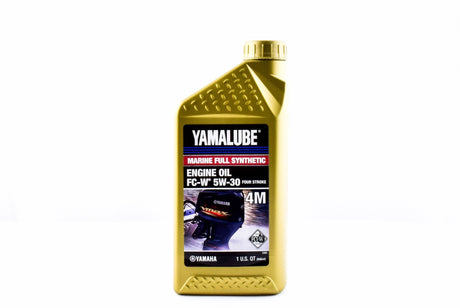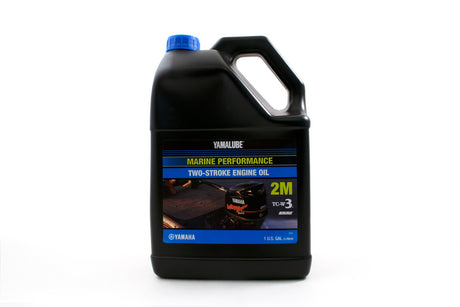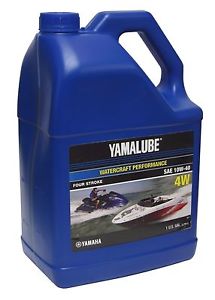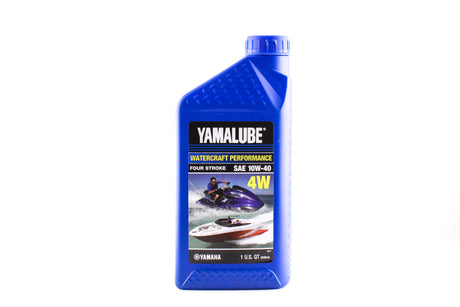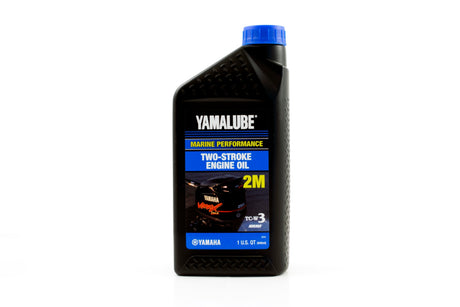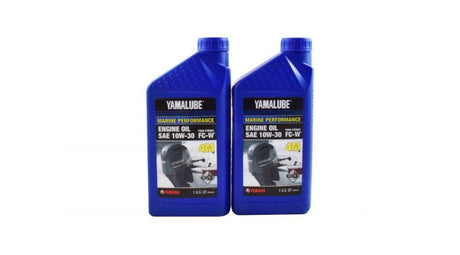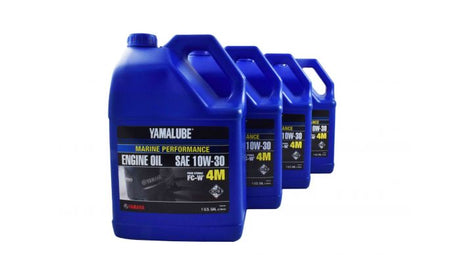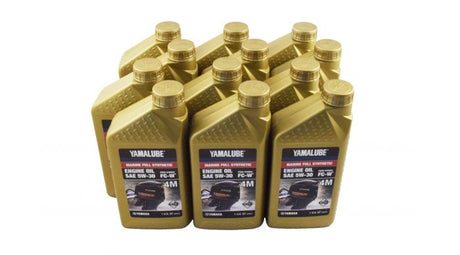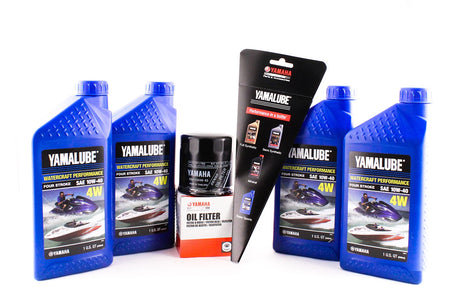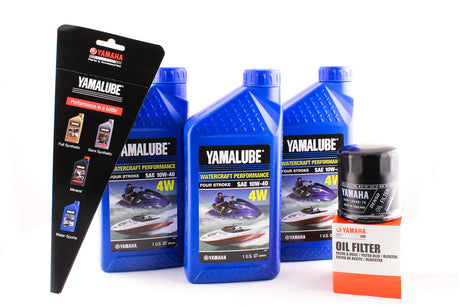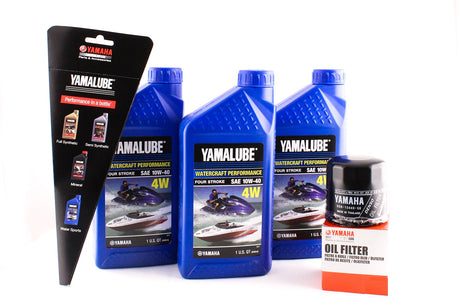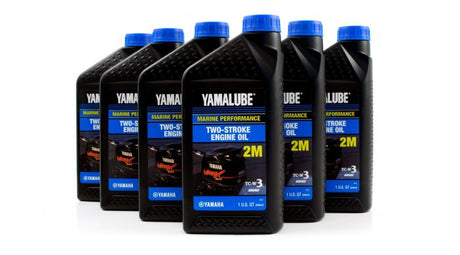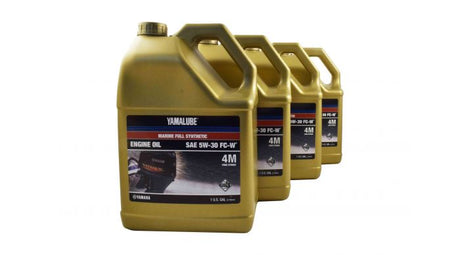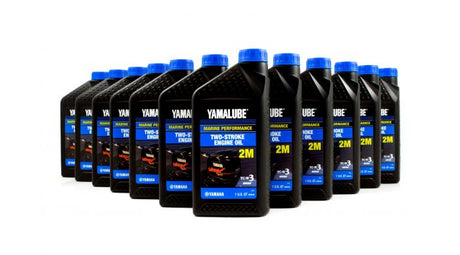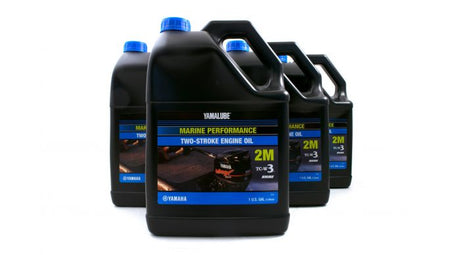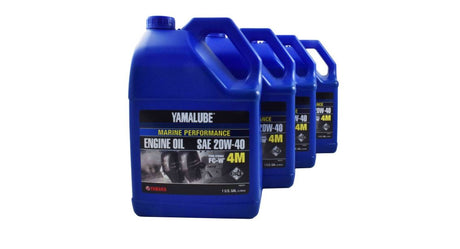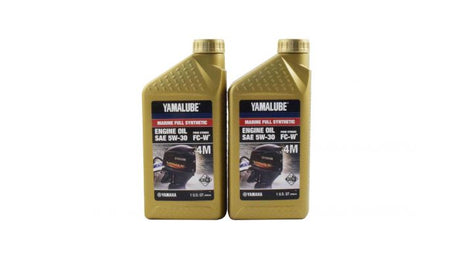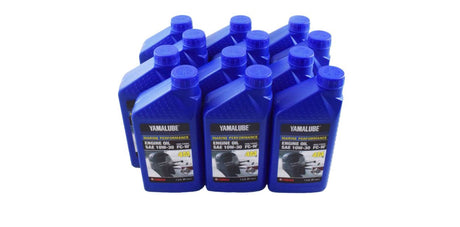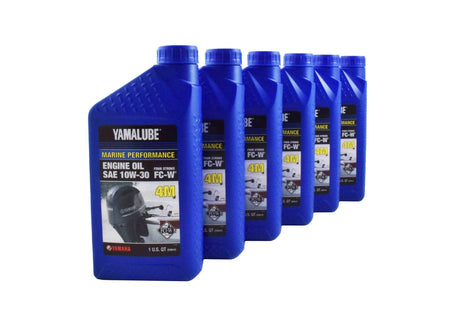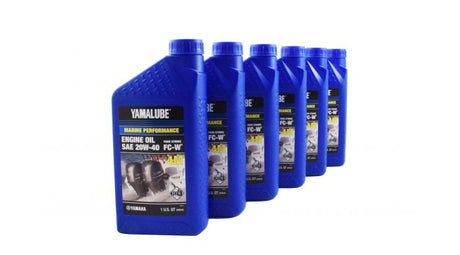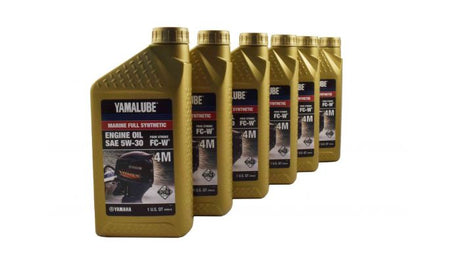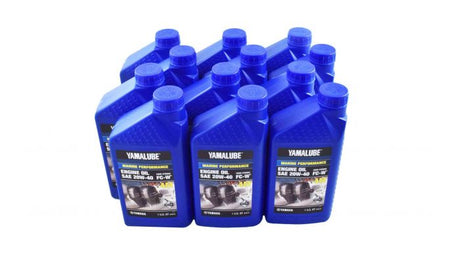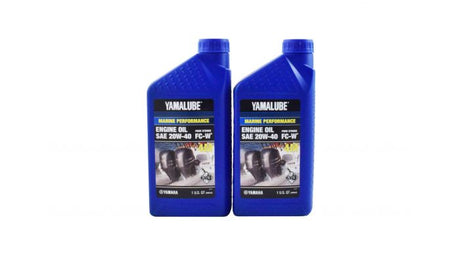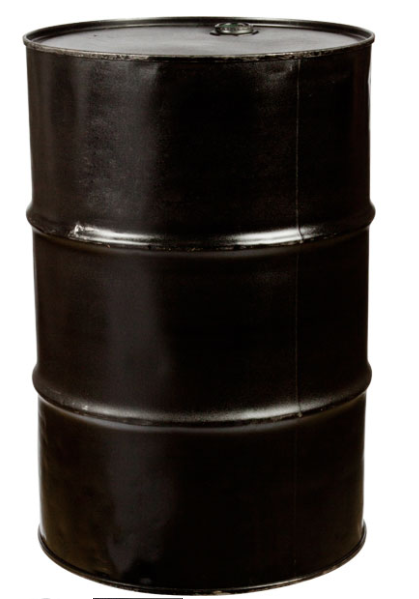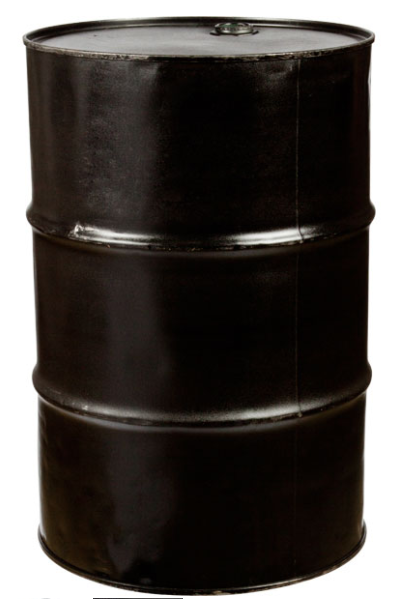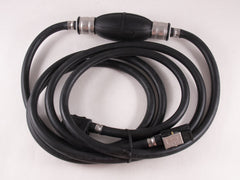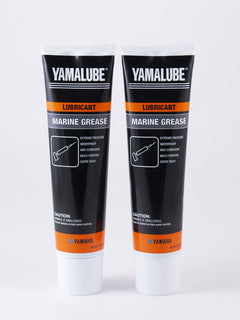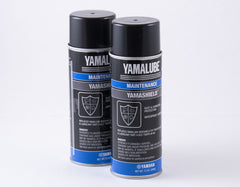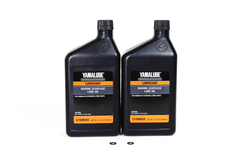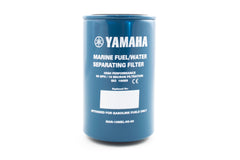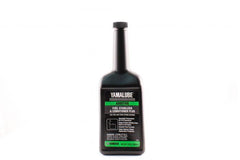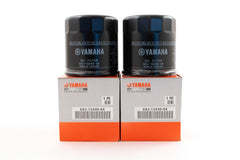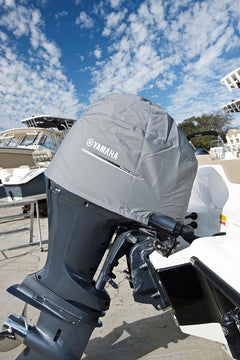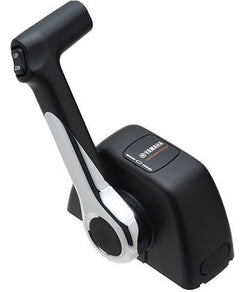Yamaha
Yamaha LUB-10W30-FC-04 - Yamalube 10W30 Outboard Mineral 4M FC-W Marine Engine Oil Gallon
$35.05 USD$37.90 USDUnit price /UnavailableYamaha
Yamaha LUB-10W30-FC-12 - Yamalube 10W30 Outboard Mineral 4M FC-W Marine Engine Oil Quart
$10.31 USD$11.15 USDUnit price /UnavailableYamaha
Yamaha LUB-05W30-FC-04 - Yamalube 5W30 Full Synthetic 4M FC-W Outboard Marine Engine Oil Gallon
$59.04 USD$63.75 USDUnit price /UnavailableYamaha
Yamaha LUB-20W40-FC-12 - Yamalube 20W40 Outboard Mineral 4M FC-W Marine Engine Oil Quart
$10.99 USD$11.90 USDUnit price /UnavailableYamaha
Yamaha LUB-20W40-FC-04 - Yamalube 20W40 Outboard Mineral 4M FC-W Marine Engine Oil Gallon
$36.77 USD$39.55 USDUnit price /UnavailableYamaha
Yamaha LUB-05W30-FC-12 - Yamalube 5W30 Full Synthetic 4M FC-W Outboard Marine Engine Oil Quart
$16.14 USD$17.35 USDUnit price /UnavailableYamaha
Yamaha LUB-2STRK-M1-04 - Yamalube 2M TCW3 2 Stroke Marine Oil Gallon
$44.84 USD$48.25 USDUnit price /UnavailableYamaha
Yamaha Yamalube 10W-40 Mineral 4W Gallon – LUB-10W40-WV-04
$31.37 USD$31.99 USDUnit price /UnavailableYamaha
Yamaha Yamalube 10W-40 Mineral 4W 32 oz – LUB-10W40-WV-12
$9.70 USD$10.99 USDUnit price /UnavailableYamaha
Yamaha LUB-2STRK-M1-12 - Yamalube 2M TCW3 2 Stroke Marine Oil Quart
$12.55 USD$13.45 USDUnit price /UnavailableYamaha
Yamaha LUB-10W30-FC-12 - Yamalube 10W30 Outboard Mineral 4M FC-W Marine Engine Oil Quart - 2 Pack
$20.62 USDUnit price /UnavailableYamaha
Yamaha LUB-10W30-FC-04 - Yamalube 10W30 Outboard Mineral 4M FC-W Marine Engine Oil Gallon - 4 Pack
$140.20 USDUnit price /UnavailableYamaha
$193.68 USDUnit price /UnavailableYamaha
$60.61 USDUnit price /UnavailableYamaha
$42.11 USDUnit price /UnavailableYamaha
$40.74 USDUnit price /UnavailableYamaha
Yamaha LUB-2STRK-M1-12 - Yamalube 2M TCW3 2 Stroke Marine Engine Oil Quart - 6 Pack
$75.30 USDUnit price /UnavailableYamaha
$236.16 USDUnit price /UnavailableYamaha
Yamaha LUB-2STRK-M1-12 - Yamalube 2M TCW3 2 Stroke Marine Engine Oil Quart - 12 Pack
$150.60 USDUnit price /UnavailableYamaha
Yamaha LUB-2STRK-M1-04 - Yamalube 2M TCW3 2 Stroke Marine Engine Oil Gallon - 4 Pack
$179.36 USDUnit price /UnavailableYamaha
Yamaha LUB-20W40-FC-04 - Yamalube 20W40 Outboard Mineral 4M FC-W Marine Engine Oil Gallon - 4 Pack
$147.08 USDUnit price /UnavailableYamaha
$32.28 USDUnit price /UnavailableYamaha
Yamaha LUB-10W30-FC-12 - Yamalube 10W30 Outboard Mineral 4M FC-W Marine Engine Oil Quart - 12 Pack
$123.72 USDUnit price /UnavailableYamaha
Yamaha LUB-10W30-FC-12 - Yamalube 10W30 Outboard Mineral 4M FC-W Marine Engine Oil Quart - 6 Pack
$61.86 USDUnit price /UnavailableYamaha
Yamaha LUB-20W40-FC-12 - Yamalube 20W40 Outboard Mineral 4M FC-W Marine Engine Oil Quart - 6 Pack
$65.94 USDUnit price /UnavailableYamaha
$96.84 USDUnit price /UnavailableYamaha
Yamaha LUB-20W40-FC-12 - Yamalube 20W40 Outboard Mineral 4M FC-W Marine Engine Oil Quart - 12 Pack
$131.88 USDUnit price /UnavailableYamaha
Yamaha LUB-20W40-FC-12 - Yamalube 20W40 Outboard Mineral 4M FC-W Marine Engine Oil Quart - 2 Pack
$21.98 USDUnit price /UnavailableYamaha
Yamaha LUB-20W40-FC-55 - Yamalube 20W40 Outboard Mineral 4M FC-W Marine Engine Oil 55 Gallon Drum
$1,750.22 USDUnit price /UnavailableYamaha
Yamaha LUB-10W30-FC-55 - Yamalube 10W30 Outboard Mineral 4M FC-W Marine Engine Oil 55 Gallon Drum
$1,681.84 USDUnit price /Unavailable
Yamaha Oils
Not sure which oil is right for your Yamaha outboard motor? Whether you're servicing a 2-stroke or 4-stroke engine—or even a Yamaha motorcycle—we carry a full selection of OEM-approved Yamalube oils in both synthetic and mineral blends.
Ever stood at the dock, engine idling, wondering if you're using the right oil? You’re not alone. Choosing the best outboard motor oil can be confusing, but YamahaOnlineParts.com simplifies the process. We stock a wide range of Yamalube products—both conventional and synthetic—engineered specifically for Yamaha marine engines and trusted by OEM technicians worldwide.
Whether you're preparing for routine maintenance or a long offshore adventure, having the right oil ensures reliability and peak performance. Shop by the quart, gallon, or multi-pack to suit your storage needs or save with bulk options.
We also carry a complete selection of Yamaha OEM parts and accessories alongside Yamalube oils to support your engine care, including:
- Genuine OEM Yamalube 5W-30 Weight Marine Motor Oil – Ideal for peak performance and fuel efficiency
- Yamalube 10W-30 Weight Motor Oil for Four-Stroke Marine Outboard Engines – Reliable for 4-stroke outboards in all conditions
- Yamalube 10W-40 Weight Motor Oil for Four-Stroke Marine Outboard Engines – Designed for hotter climates and aggressive use
- Yamalube 20W-40 Weight Motor Oil for Four-Stroke Marine Outboard Engines – Best for heavy-duty marine applications
- Yamalube 2-Stroke Engine Marine Motor Oil – High-performance protection for 2-stroke engines
- 2 Stroke Oil Slider Marine Outboard Oil Pump – Keep your oil system running smoothly
Want the most from your outboard? Stick with the oil designed by Yamaha, for Yamaha.
Helpful Service Guides & Resources
Need help with your next oil change or maintenance routine? Explore these expert resources:
- Yamaha outboard engine schematics
- Winterizing Yamaha Outboard Motors – Here's How
- Yamaha Ring Free Plus – Is It Essential?
- Guide to Yamaha Outboard Fuel Filters
- Yamaha Oils – Selection Guide
OEM Yamalube Marine Motor Oil FAQs
What type of oil should I use for my outboard motor?
Use marine-grade oils only—Yamalube 4M for 4-stroke motors and Yamalube 2M for 2-stroke. Automotive oil can’t withstand saltwater, extended idle times, or marine RPMs.
Is Yamalube synthetic oil?
Yes, some formulas are fully synthetic, like Yamalube 5W-30. Others, like 10W-30, are premium mineral oils. Always follow your owner's manual for recommended viscosity and type.
Why are genuine Yamalube outboard motor oil change kits important?
They simplify maintenance by including everything you need: Yamalube oil, OEM filters, drain gaskets, and instructions—helping avoid missed steps and saving you time.
Can I use car oil in my Yamaha outboard?
Yamaha marine engines face higher heat, humidity, and rotational stress. Yamalube is formulated to resist foaming, corrosion, and molecular breakdown under marine load.
How is Yamalube marine engine oil different?
Yamaha has spent years fine-tuning its Yamalube formulas. These oils are built for the specific rigors of marine engines—high heat, salt exposure, and long idle periods. They don’t just meet industry standards—they're built to exceed them.
Ever ask yourself, “Is Yamalube synthetic?” It depends. Yamalube 5W-30 is a fully synthetic marine oil, ideal for peak performance. Meanwhile, 10W-30 is a top-tier mineral oil designed for steady reliability in four-stroke Yamaha outboards.
Yamalube also includes anti-foaming additives, superior lubricity, and corrosion inhibitors. It’s certified by the National Marine Manufacturers Association (NMMA) and trusted by techs who see what cheap oil does over time.
Curious about which oil to keep onboard? Use the same brand Yamaha builds its engines around: Yamalube.
How do I service my Yamaha 2-stroke outboard motor?
First, track down your oil tank—it’s often tucked behind an access panel or cooler. Disconnect the pump hose and look for the tiny inline filter (it’s usually overlooked). Replace it carefully with new zip ties and clean pads. Shine a light into the tank to check for water or gunk. If it’s dirty, empty and clean it before reinstalling. Finally, prime the new filter using the manual switch on the engine and you’re ready to hit the water.
How do I change my Yamaha 2-stroke outboard engine oil?
Access the external oil tank, usually hidden under a hatch. Take it out and check the small white filter in the hose—it needs replacing more often than you think. Have some absorbent pads handy (this part’s messy). Use a flashlight to inspect the tank’s corners for sludge or moisture. Clean it out if needed, then reinstall the tank, and use the engine’s transfer switch to confirm oil is flowing correctly.
How do I check my Yamaha 2-stroke outboard engine fluids?
Before you launch for the season, inspect everything—fuel, oil, and gear lube. Squeeze the primer bulb to sample the fuel in a clear container. Watch for water separation or debris. Check hoses and clamps for wear, and don’t forget to shine a flashlight into the oil tanks to spot any contamination. Lastly, make sure the gear oil in your lower unit is topped off with no air bubbles. It only takes a minute but can save your engine from a bad day on the water.
Genuine Yamaha Yamalube lubricants are built for marine life—from trolling through chop to full-throttle runs. Keeping up with oil changes isn’t just good practice—it’s what your outboard depends on for a long, healthy life. At YamahaOnlineParts.com, we make it easy to find the right Yamalube marine motor oil—whether you're restocking or servicing.
Shop Yamalube 10W30 outboard mineral oil, Yamalube 5W30 full synthetic outboard oil, Yamalube 2M TC3W 2-stroke outboard oil, and more. Available in single bottles or value multi-packs.
What type of oil is best for a Yamaha R3 motorcycle?
Yamalube 10W-40 motorcycle oil is your go-to for the Yamaha R3. It’s designed for heat control and durability, especially under aggressive riding conditions.
Your Trusted Source for Yamalube Oils & Marine Lubricants
At YamahaOnlineParts.com, we make it simple to find the right Yamalube products for your engine—whether you're preparing for the season or keeping things running mid-summer. From full synthetic options to dependable mineral blends, our Yamalube selection supports clean, powerful, and long-lasting engine performance.


